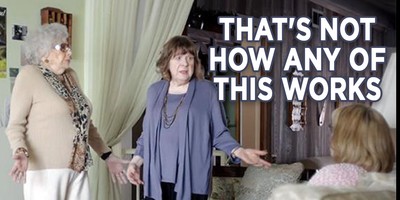Any parent who has stepped on a Lego brick while barefoot knows that kids have been weaponizing the plastic toys for decades. A recent study conducted by the University of Canterbury in New Zealand, however, demonstrates just how dangerous those building sets have become.
Study: Legos are becoming more weaponized https://t.co/fZT478OTvu pic.twitter.com/7PJ6dgaeQj
— U-T Data Watch (@UTdatawatch) June 4, 2016
Hide your kids, hide your wife. No longer do young, unarmed children have to chew Pop-Tarts into primitive guns in order to defend themselves against roving gangs of 5-year-old girls packing battery-powered bubble blowers. The supply of guns and other weapons to kids has exploded thanks to Lego sets, which shockingly can be purchased at retailers like Walmart and Target without a background check.
https://twitter.com/sghousehub/status/734658390501117953
Lego products are becoming increasingly violent, according to researchers at University of Canterbury.
— André Taris (@andretaris) May 24, 2016
Increasingly violent? Make that “brutally violent,” which is how researchers rated an amazing 58 percent of toys depicted in the company’s 2015 catalog.
The San Diego Union-Tribune reports:
To analyze violence in the product catalogs, researchers asked people to rate the pages that showed how kids might use the different sets. They found that 20 percent of the catalog’s pages from 1980 were rated moderately or brutally violent. For the pages from the 2015 catalog, that number jumped to 58 percent.
“The violence in Lego products seems to have gone beyond just enriching game play,” the study concluded.
Recommended
The paper reached out to Michelle M. Camacho, a sociology professor at University of San Diego, for comment on the university’s study. Camacho, who said her own children play with Lego sets, noted that “scholars have argued that the proliferation of increasingly violent toys relates to a broader issue, a crisis of masculinity,” adding that weapons are “losing the association with brutality and losing the association with the horrors of war” because of how common they have become in video games and the media … that’s you, Hollywood.
The Union-Tribune’s data journalism team must be moved by the study’s findings, as it has launched the #tweetalegoweapon hashtag so that the public can submit their own shocking photos. These come with a trigger warning, obviously.
Show us your arsenal, San Diego #tweetalegoweapon https://t.co/UlozDiCvuc
— San Diego Union-Tribune (@sdut) June 4, 2016
The Union-Tribune’s data journalism team has kicked things off. This poor slob lost an arm, possibly to a Lego light saber or perhaps a naughty chihuahua, but still mans his post with honor. Respect, Lego Man.
#tweetalegoweapon https://t.co/moZ7rRvboQ pic.twitter.com/n4eYGi0AdB
— Ricky Young (@RickyWhy) June 4, 2016
This isn’t the university’s first study of Lego toys. A previous research study showed that faces on the mini-figures have become increasingly “angry.”
University of Canterbury study of Lego faces from 1975 to 2010
shows they're getting increasingly angry. jc pic.twitter.com/htOxHeCo42— Minds at Work (@minds_at_work) September 29, 2015
Maybe it’s time to tweet an angry face to the University of Canterbury, or better yet, photos of children having fun playing.
Related:
Florida’s ‘Pop-Tart bill’ would ease schools’ zero-tolerance gun policies
‘Dumb’: 11-year-old suspended for having ‘mini-shank’ made from Nerf bullet at school
Lynda ‘Wonder Woman’ Carter can’t believe school would ban super hero lunch box
























Join the conversation as a VIP Member